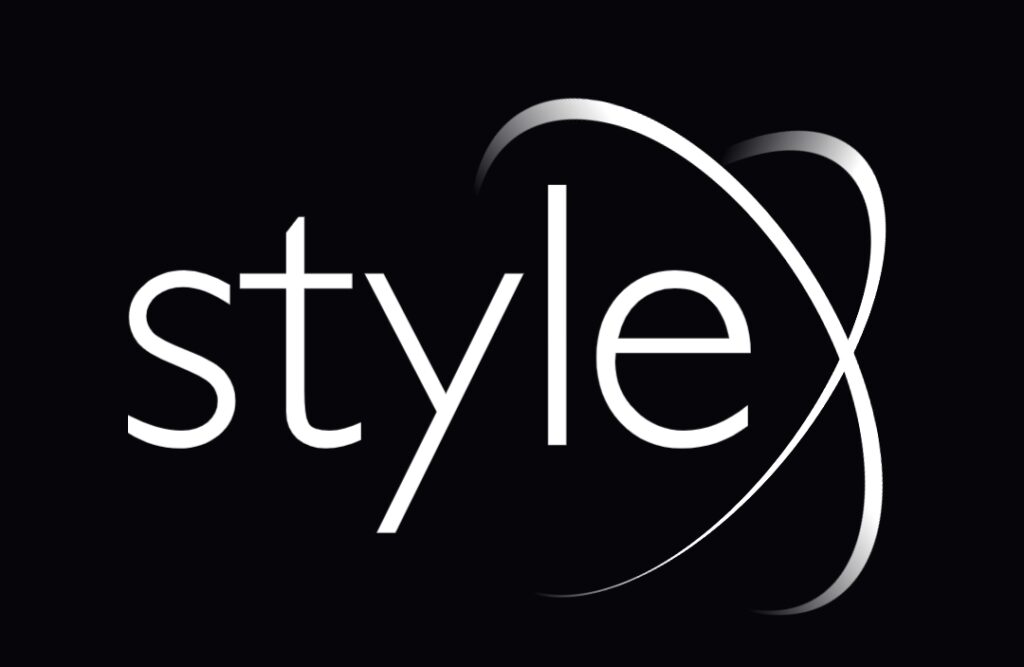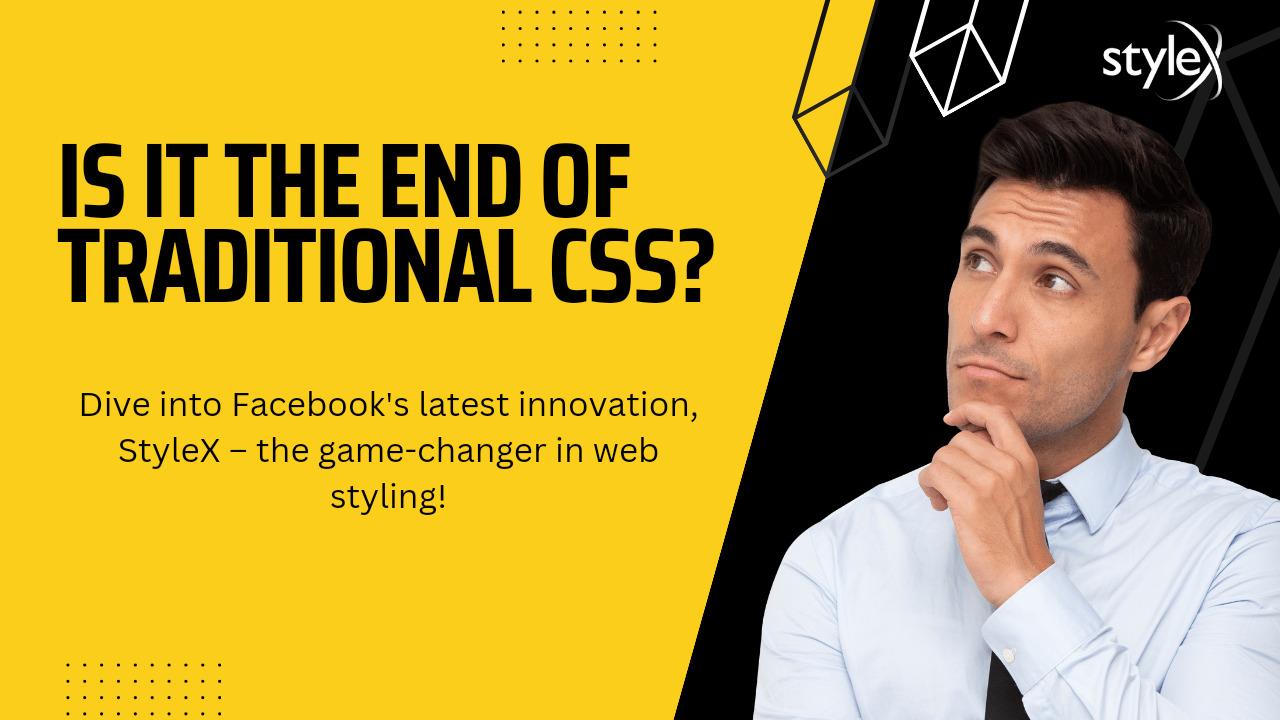Facebook’s introduction of StyleX marks a significant milestone in the realm of web development. This innovative JavaScript-based syntax and compiler present a promising alternative to traditional styling methodologies, potentially shaking the foundations of established approaches like Tailwind CSS. Let’s delve into the key aspects of StyleX and its potential implications.
Introduction to StyleX

StyleX emerges as a user-friendly JavaScript syntax and compiler crafted explicitly for styling web applications. By amalgamating the strengths and circumventing the weaknesses of inline styles and static CSS, it offers a compelling solution. Notably, StyleX boasts the ability to foster optimized styles via collision-free atomic CSS, surpassing manual authoring and maintenance.
Key Features
- Scalability: StyleX minimizes CSS output by employing atomic CSS, ensuring consistent and manageable styles even with a growing number of components.
- Predictability: It averts specificity issues by directly associating class names with corresponding elements, embracing the philosophy of “the last style applied always wins.”
- Composability: Enabling conditional application of styles and seamless merging across component and file boundaries, StyleX promotes reusability and adaptability.
- Performance: Compiled at build-time, StyleX eliminates runtime style injection, delivering optimized runtime class name merging.
- Type Safety: Offering type-safe APIs, styles, and themes, it ensures robustness and reliability in styling.
Using StyleX
Utilizing StyleX involves configuring the compiler and defining styles using an object syntax and the create() API. With its framework-agnostic nature, StyleX seamlessly integrates into various frameworks such as React, Preact, Solid, lit-html, and Angular, accommodating diverse development ecosystems.
Ideal Use Cases
StyleX is particularly suited for projects authored in JavaScript, flourishing in larger applications and thriving alongside reusable UI components. Its ability to empower developers to craft customizable UI components while maintaining consistency positions it as an ideal tool for modern web development challenges.
Impact on Tailwind CSS
The ascent of StyleX prompts a reevaluation of its potential influence on established methodologies, notably Tailwind CSS. Although both frameworks cater to different design approaches, StyleX’s distinctive compilation of atomic class names and robust composition capabilities poses a potential challenge to Tailwind CSS’s established dominance, particularly in specific scenarios.
StyleX, with its approach of utilizing atomic class names, allows for precise, granular control over design elements. This fine-grained manipulation offers a level of flexibility and customization that resonates with certain development needs. Additionally, StyleX’s emphasis on robust composition capabilities provides developers with a more intricate and versatile toolset to craft unique interfaces.
This doesn’t necessarily discount Tailwind CSS, which has solidified its place in the web design sphere. Tailwind’s utility-first approach streamlines development by offering pre-defined utility classes, allowing for rapid prototyping and consistency across projects. However, StyleX’s emergence introduces a paradigm shift that challenges the established norms, enticing developers with its innovative methodology.
The competition between StyleX and Tailwind CSS isn’t merely about choosing between two frameworks; it’s about the evolving landscape of web design and development methodologies. As developers navigate this dynamic landscape, the choice between these frameworks becomes pivotal, dependent on project requirements and the need for either Tailwind’s established efficiency or StyleX’s potential for intricate customization.
Conclusion
Facebook’s StyleX introduces a compelling paradigm shift in the realm of web styling methodologies. Its innovative amalgamation of simplicity, scalability, and composability presents a promising alternative for developers seeking a fresh approach. With an emphasis on streamlining the styling process, StyleX offers a notably intuitive system that simplifies the creation of intricate designs. Its scalability ensures adaptability across various project scopes, while the composability aspect empowers developers with a versatile toolkit to craft dynamic and unique user interfaces.













